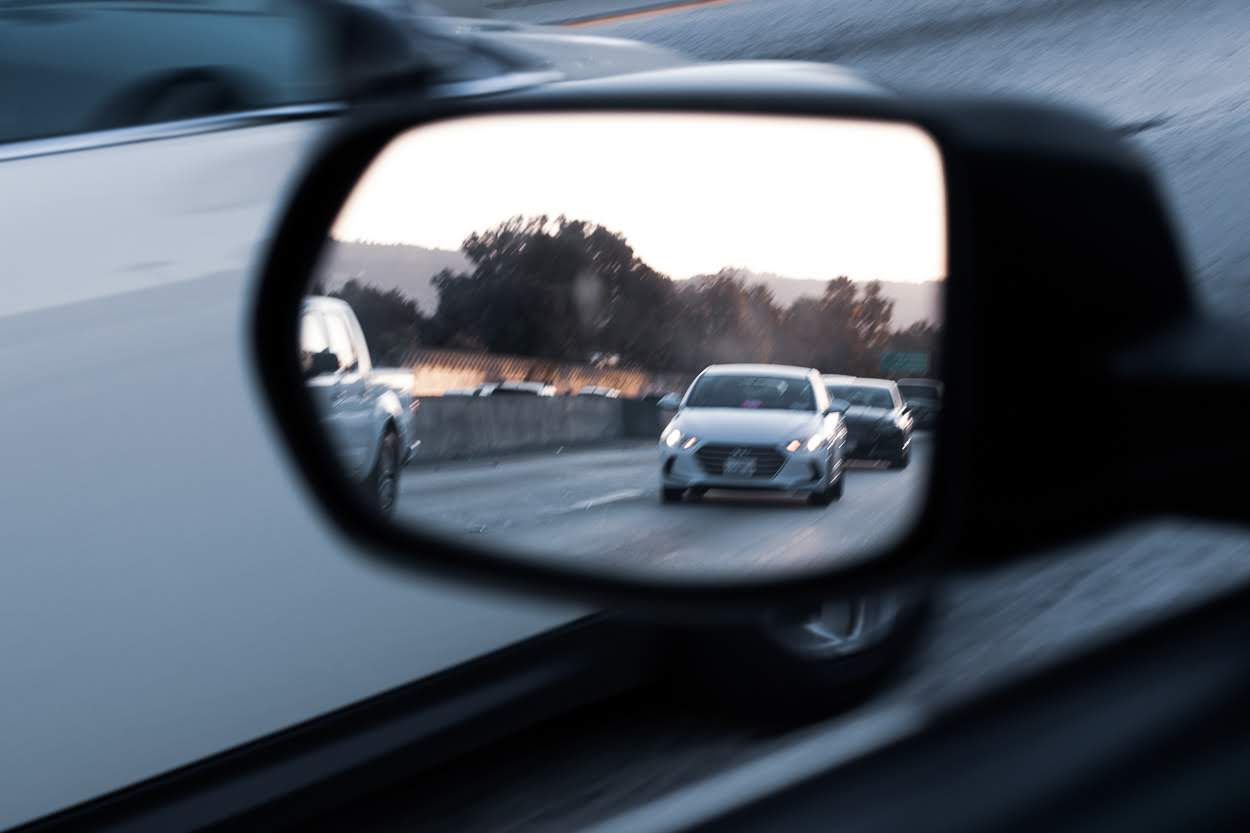
California has been at the center of the nationwide debate over how rideshare drivers should be classified. This discussion gained significant attention with the passage of Assembly Bill 5 (AB5) in 2019, which aimed to reclassify many independent contractors as employees. While the law targeted a broad range of industries, rideshare companies like Uber and Lyft were directly affected because driver classification impacts liability and insurance coverage in the event of an accident.
At National Injury Help, our San Diego personal injury lawyers know that understanding how these laws influence rideshare accident claims is essential for passengers, other drivers, and pedestrians injured in these incidents.
How Driver Classification Affects Liability
In rideshare accident cases, determining liability often depends on whether the driver is considered an employee or an independent contractor. Under AB5, many workers previously classified as independent contractors would be treated as employees, giving injured parties the potential to hold the rideshare company more directly responsible for damages.
However, Proposition 22, passed in 2020, created an exemption for app-based rideshare and delivery drivers, allowing them to remain independent contractors under specific conditions. This classification means that, in most cases, the rideshare company’s responsibility for an accident will depend on whether the driver was logged into the app and engaged in a trip at the time of the collision.
Insurance Coverage Under Current Laws
Even with drivers classified as independent contractors, California law requires rideshare companies to provide certain levels of insurance coverage during specific periods of a ride.
For example:
- App Off – If the driver is not logged into the rideshare app, their auto insurance applies.
- App On, No Passenger Assigned – The rideshare company must provide limited liability coverage in addition to the driver’s policy.
- Passenger Assigned or In Vehicle – The rideshare company must provide up to $1 million in liability coverage, as well as uninsured/underinsured motorist coverage.
These distinctions are critical because the level of coverage available can significantly affect your recovery in a rideshare accident claim.
Challenges in Rideshare Accident Claims
While insurance requirements are precise on paper, obtaining fair compensation is not always simple. Rideshare companies and their insurers may dispute the driver’s status at the time of the crash or argue that the accident falls outside their coverage obligations. In other cases, they may delay or undervalue legitimate claims, hoping injured parties will accept less than they deserve. Navigating these disputes requires a thorough understanding of California’s gig economy laws, insurance regulations, and the tactics rideshare companies use to protect their bottom line.
How National Injury Help Can Protect Your Rights
At National Injury Help, our San Diego County rideshare accident attorneys understand the complex intersection of gig economy laws, driver classification, and insurance coverage. We represent passengers, other motorists, cyclists, and pedestrians injured in Uber and Lyft accidents throughout California and across the country. Our team is committed to holding at-fault parties and their insurers accountable, ensuring you have the resources you need to recover physically, emotionally, and financially.
Contact National Injury Help today for a free, no-obligation consultation. We will explain your legal options, gather the evidence needed to build your case, and fight for the maximum compensation available under the law.
Note: The information provided in this article is based on reports from publicly available sources, including news outlets, police reports, and eyewitness accounts. National Injury Help has not independently verified all details of the reported incident. If you find any inaccurate or outdated information, please contact us, and we will review and update the content as appropriate. The photo used in this post is for illustrative purposes only and does not depict the actual scene of the incident.
Disclaimer: The content of this article is intended for informational purposes only and does not constitute legal advice or establish an attorney-client relationship with National Injury Help. For legal assistance specific to your case, we encourage you to contact a qualified attorney.
Free Case Evaluation
Contact Us today for a FREE, Immediate Case Evaluation
Contact Us today for a FREE, Immediate Case Evaluation
Categories
Recent posts
- Tempe, AZ – Injuries Reported in Crash at Baseline Rd & Beck Ave
- Litchfield Park, AZ – UPDATE: Man Arrested in Fatal Crash at Camelback Rd & Litchfield Rd
- Litchfield Park, AZ – ACTUALIZACIÓN: Hombre arrestado tras choque fatal en Camelback Rd & Litchfield Rd
- Tucson, AZ – Choque deja heridos en Bilby Rd & Morris St
- Tempe, AZ – Heridos en choque en Baseline Rd & Beck Ave






